FORT SAM HOUSTON, Texas -- Years of preparation by U.S. Army South, Brooke Army Medical Center, Northrop Grumman Corp. and family members finally came to fruition on the night of July 2 when three American civilian contractors stepped foot in San Antonio.
Marc Gonsalves, Thomas Howes and Keith Stansell, who were held captive for five and half years in a Colombian jungle, were escorted to Brooke Army Medical Center to begin their recovery through a process known as reintegration.
"The purpose (of reintegration) is to provide a transition back to normal life after the strains of captivity. U.S. Army South is honored to be the Department of Defense's designated agent on behalf of the U.S. Southern command to conduct this process - a process that we have trained, that we have rehearsed, and prepared to perform," said Maj. Gen. Keith Huber, commander, U.S. Army South.
Gonsalves, Howes and Stansell worked as government contractors for Northrop Grumman, and while conducting a counternarcotic mission over a southern Colombian jungle, their drug surveillance aircraft crashed February 2003. The Revolutionary Armed Forces of Colombia, a guerrilla group also known as FARC, captured the crew, killing two of the five and taking the three contractors as hostages.
In a bold and courageous rescue mission by the Colombian military, the three men, along with 12 other captives, including Colombian politician Ingrid Betancourt and 11 Colombian national police and military members, were rescued and flown to safety.
In a written public message sent out July 3 by the three contractors, they specifically thanked "General Huber of United States Army South, General (James) Gilman of the Brooke Army Medical Center, Colonel (Wendy) Martinson of Garrison, Fort Sam Houston and their staffs, for the warm hospitality they've provided us and our families."
The contractors went on to affirm that the reintegration process that Army South and BAMC are conducting on their behalf is "worthwhile and important."
Reintegration has been around since the Vietnam era and is designed to help returnees resume normal, professional, family and community activities with minimal physical and emotional complications. At BAMC, the former hostages are treated in much the same way as returned prisoners of war.
The process is broken down into three phases. Phase one, Initial Recovery, begins when personnel are retuned to U.S. control and individuals are given a medical examination and a psychological assessment.
Phase two, Transition Location, which took place at BAMC, is when individuals receive a more thorough medical examination. They take part in formal debriefings and psychological decompression depending on their particular circumstances.
A Yellow Ribbon Ceremony in BAMC's auditorium July 7 marked the beginning of phase three, Home Base, the last step of the reintegration process. During this step, the returnees meet with their families and address significant closure issues that may have arisen from their captivity.
"In the process of reintegration, our job is to try to facilitate that transition back to their previous situation in terms of family, work, and etc. The way we go about doing that is by helping them gradually re-establish some predictability and control over their experience. We help them identify some potential challenges that they may encounter as they make that transition, and then finally give them some action plans that they can use to help them as they go through that transition process," said Col. Carl Dickens, psychologist, BAMC.
July 7 was the first time the returnees spoke publicly since their rescue. This occasion marked the returnees' success in the reintegration process and provided a way to help them prepare for an "attempt at a normal life," said Huber.
The three returnees, along with their families, entered the auditorium filled with cheers and a standing ovation from Army officials, well-wishers, Soldiers and the media.
Howes, the first contractor to speak, compared his experience to falling off the edge of the earth. He went on to thank Northrop Grumman, which took "extraordinary" care of his family while he was away.
"I thank my companions who helped me cope with difficult conditions during these years ..., the team of caring professionals at Brooke Army Medical Center for guiding us through the reintegration process, and my heartfelt thanks to all those people. We are doing well but we can't forget those we left behind in captivity," said Howes.
Gonsalves was the next to speak, and out of the three was the most vocal. He opened his statement by saying, "I'm grateful for the opportunity to speak out to the world. There was a time that when I slept, that I would dream that I was free - that time was only a few days ago. It feels so good to be free, to be here now, with all you.
"To the American people, thank you for remembering us there in the jungle, and I want to ask you to never forget that there are others still there," Gonsalves said.
When it was his turn to speak, Stansell walked up on stage carrying his twin 5-year-old sons, who were born while he was in captivity. "It is my privilege to stand here before you with my family," he said, while looking at his family members on stage. "My family, whose love and support sustained me thorough my most difficult ordeal of my life, they are the reason I am alive and standing with all of you today; their enthusiasm, dedication and unwavering love kept me alive."
All three contractors thanked the Colombian government for the part they played in their dramatic rescue, Northrop Grumman for taking care of their families while they were held in captivity, and Fort Sam Houston and BAMC for the help they are providing as they adjust to their lives as free men.
It was unclear when the men would be leaving the medical center; BAMC officials said that the men are healthy and are in good shape.
"Although their time in captivity has been extremely difficult and at times traumatic, they have in general fared very well," said Col. Jackie Hayes, physician, Brooke Army Medical Center. "They've shown themselves to be strong and adaptive."
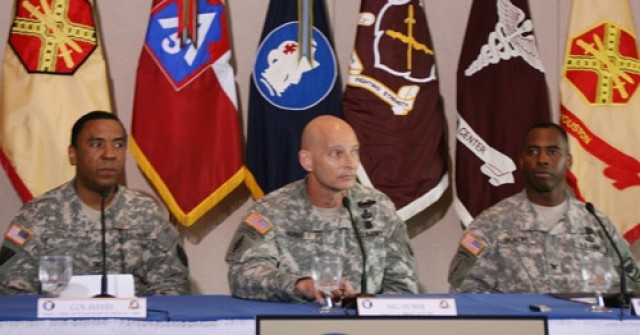
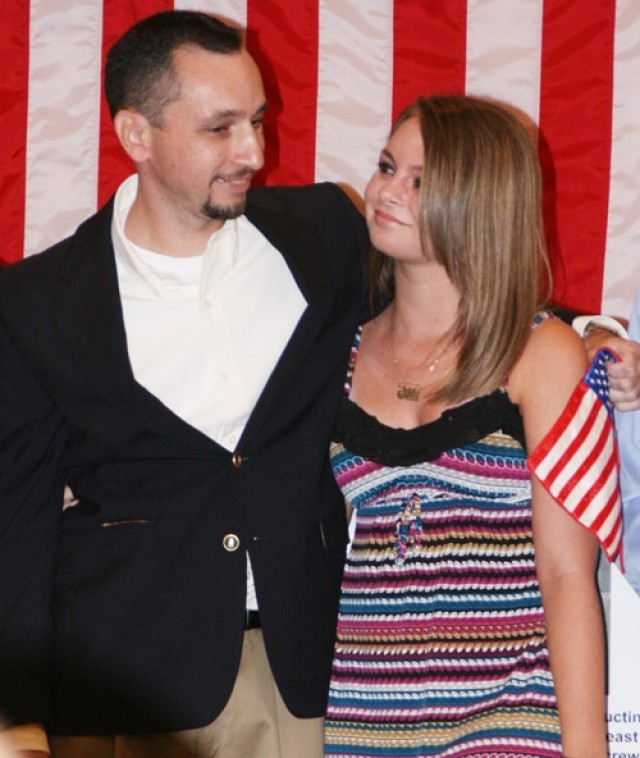
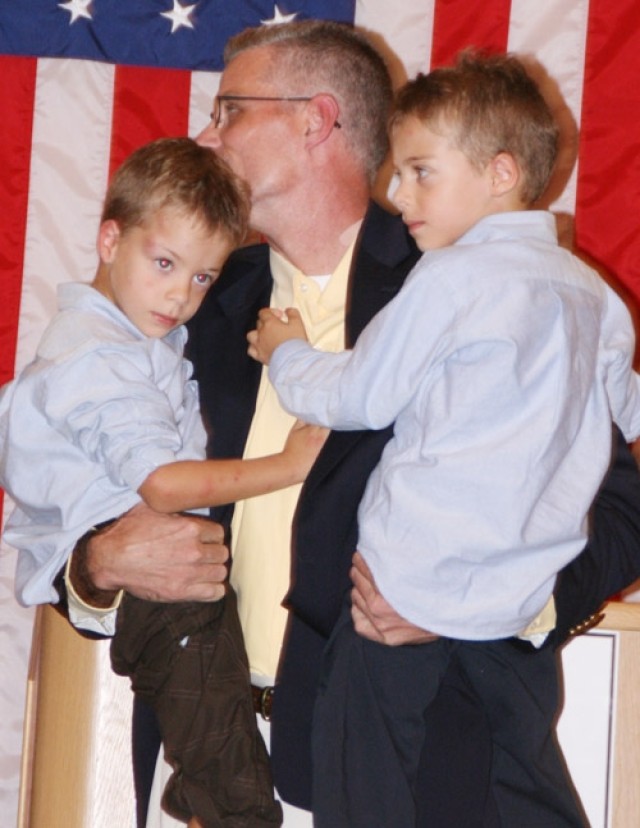
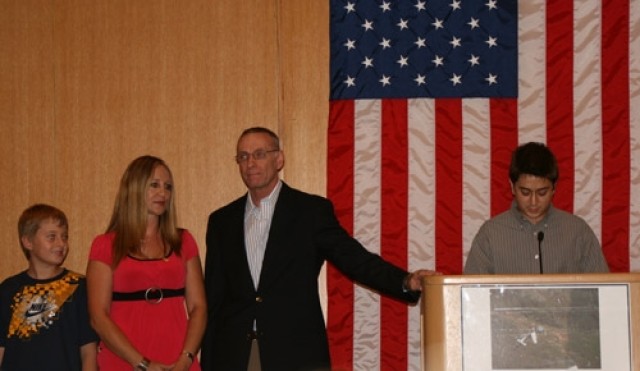
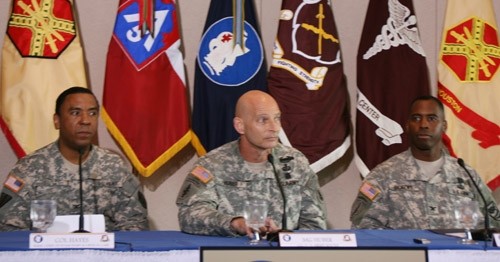
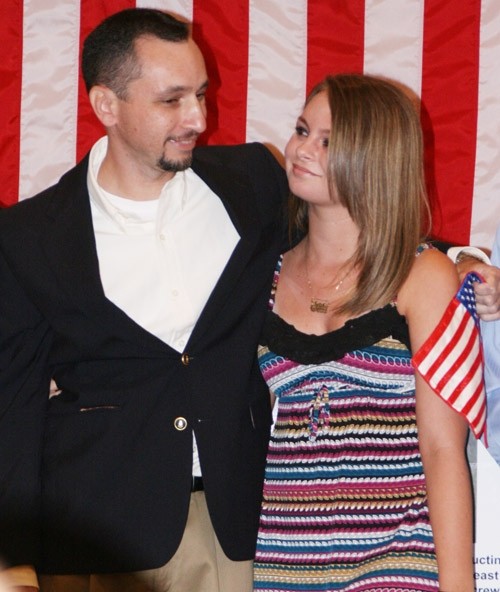
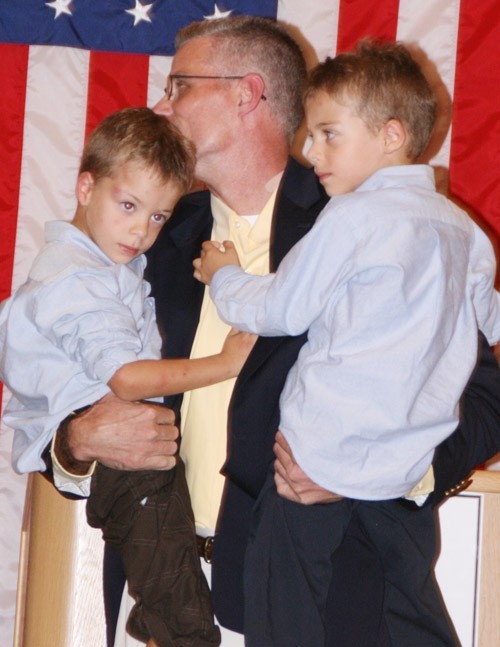
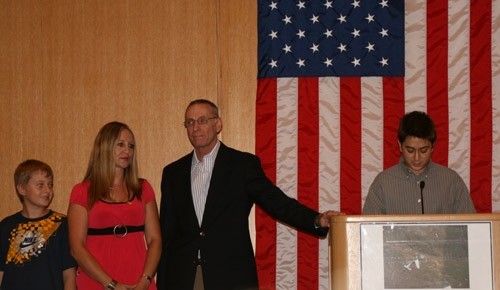
Social Sharing